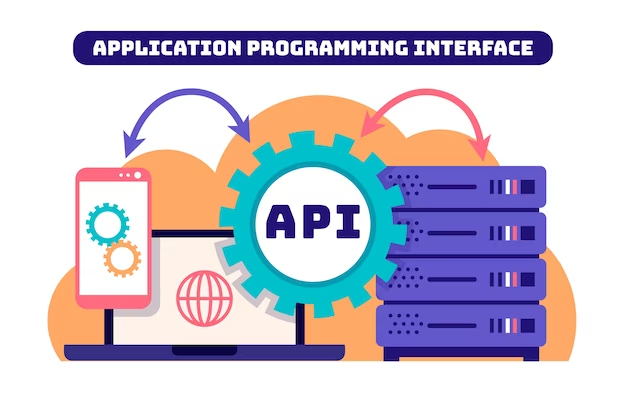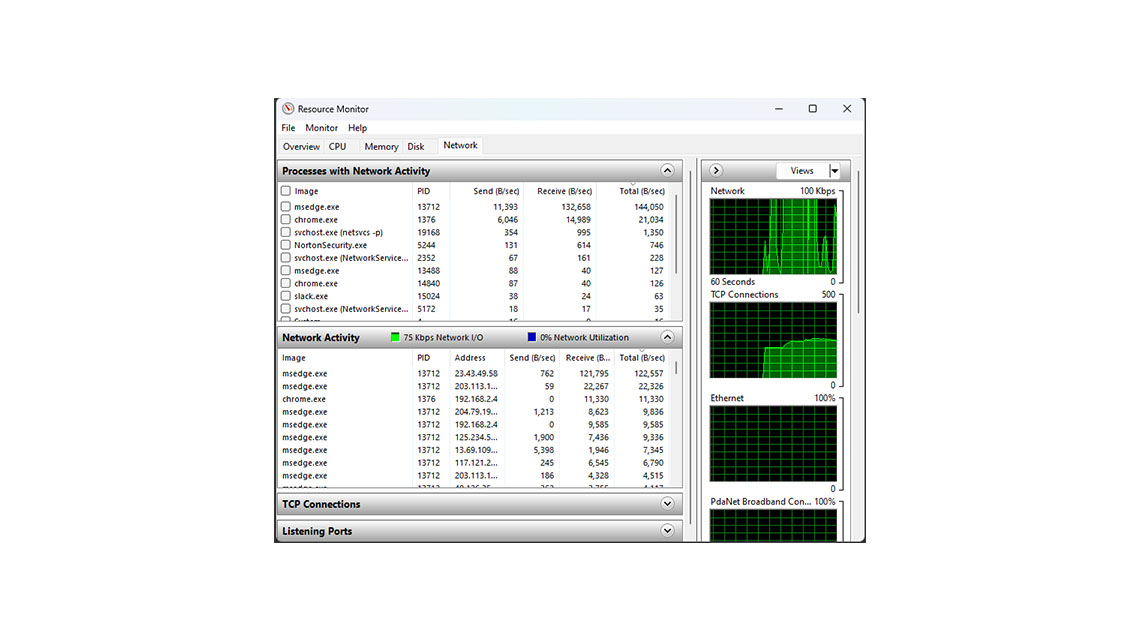Introduction
It can be said that, with the convenience of smartphones, more and more people use them today. So, it is obvious that mobile apps have become important things in daily life, from ordering food, booking a car, connecting with friends, and family, or making money online.
With the growing number of mobile users, it is essential to make sure that the application works correctly, is reliable, and is user-friendly. In this topic, we will have an overview of types of mobile testing, and also discuss the challenges and best practices of testing to deliver quality applications that meet clients’ needs.
Types of mobile applications
Firstly, we will go through mobile application types to know which typical types the market currently has. Basically, there are 3 main types according to the technology used to create mobile apps:
- Native apps: It is a type of application developed for a particular mobile operating system (iOS or Android). That means that if a native app is built in iOS only, the user cannot find it on CH Play Store.
- Web apps: A web application is more or less a website that looks and feels more like a mobile application. Web apps can be accessed directly via a browser, such as Google Chrome, Safari, Firefox, or Edge.
- Hybrid apps: As the name indicates, hybrid apps combine elements of native apps and web apps. Users are able to download and install on the device (iOS or Android) and open via a web browser. Some hybrid apps are Instagram, Twitter, Amazon, and Gmail, etc.
Types of mobile application testing
First of all, testing is an essential stage of any software development life cycle that helps to ensure an application’s quality, usability, and security.
 Free source: https://www.freepik.com
Free source: https://www.freepik.com
There are various mobile testing types to make sure that the application works correctly, depending on the type of application, and the client’s request, suitable testing types can be selected to carry on. Below are the main testing types for mobile applications.
- Functional testing: As the name implies, it is focused on verifying that the mobile application functions correctly and meets the specifications.
- Performance testing: This type of testing is used to evaluate the application’s performance under different scenarios, such as high traffic, low battery, and bad network conditions.
- Compatibility testing: This testing type is to verify the mobile application’s compatibility with different devices, operating systems, and network configurations. Testers may check whether the app runs smoothly on various devices with different screen sizes, hardware, and software specifications.
- Security testing: Security testing is vital for mobile applications as they often handle sensitive user data. This testing includes checking for vulnerabilities, potential threats, and malware that can cause damage or steal user information.
- Usability testing: This type evaluates the app in terms of user friendly and easy to use the application.
- Installation testing: Installation testing is conducted to verify the installation, updates, and uninstallation of the mobile application. This testing also includes checking the app’s compatibility with different app stores and versions.
Challenges in mobile application testing:
Mobile application testing involves verifying the functionality, usability, performance, security, and compatibility of applications across different devices and platforms. Here are some of the difficulties that testers may face during testing activities:
- Multiple devices: There are many different mobile devices, operating systems, and screen sizes, making it challenging to test the application on all devices.
- Network: Mobile devices run on different types of networks, which can cause variations in the application’s performance and functionality. For example, using the app in a bad connection, interrupting the network while using, or in airplane mode.
- Security testing: Mobile applications are susceptible to security vulnerabilities, such as data leakage, and unauthorized access. Testing for these cases is crucial to ensure the safety and privacy of user data.
- Automation challenges: Mobile applications may require a different approach to test automation, as there are different operating systems and devices to consider. Additionally, some functionalities of the application may not be easily automated, and also carried on by experienced automated testers to build the automation framework from scratch.
Best practices
Talking to tips for testing on mobile apps, we can refer to the following points to apply in the specific project to get better testing outcomes.
- Follow the test plan: Before starting mobile testing, it is necessary to have a testing plan. This includes identifying the testing objectives, and the scope of testing, choosing the tools and techniques, and determining the testing milestones.
- Test across multiple devices and platforms: Mobile devices come in various operating systems, and sizes. Therefore, it is important to test your mobile application across multiple devices and platforms to ensure that it works consistently across different environments.
- Test for different network conditions: Mobile applications are designed to work in various network conditions. For that reason, test mobile applications under different network conditions to ensure that it functions as expected.
- Usability testing: A mobile application should be user-friendly to all users, so it is also important to spend time on usability testing besides the main function test.
- Automate your testing: Choosing the proper test automation tools and frameworks to automate can help improve testing efficiency and reduce testing time.
- Teamwork: Collaboration between the testing and development teams is essential for mobile testing. This includes sharing information on bugs, issues, and test results – it is faster and more effective than working independently.
- Exploratory testing: Mobile testing has different aspects than web/desktop testing. There may be edge cases that will happen to users that sometimes testers can not find while performing functional testing. At that time, exploring testing is the best choice that testers can apply to test the app.
Conclusion
Last but not least, mobile application testing cannot be skipped in the software development life cycle. By following the test plan and best practices, mobile applications can be delivered to clients with high quality, reliability, and user-friendliness. With good test results, the application can be released with confidence, knowing that it has been thoroughly verified and meets the expectations of clients.










